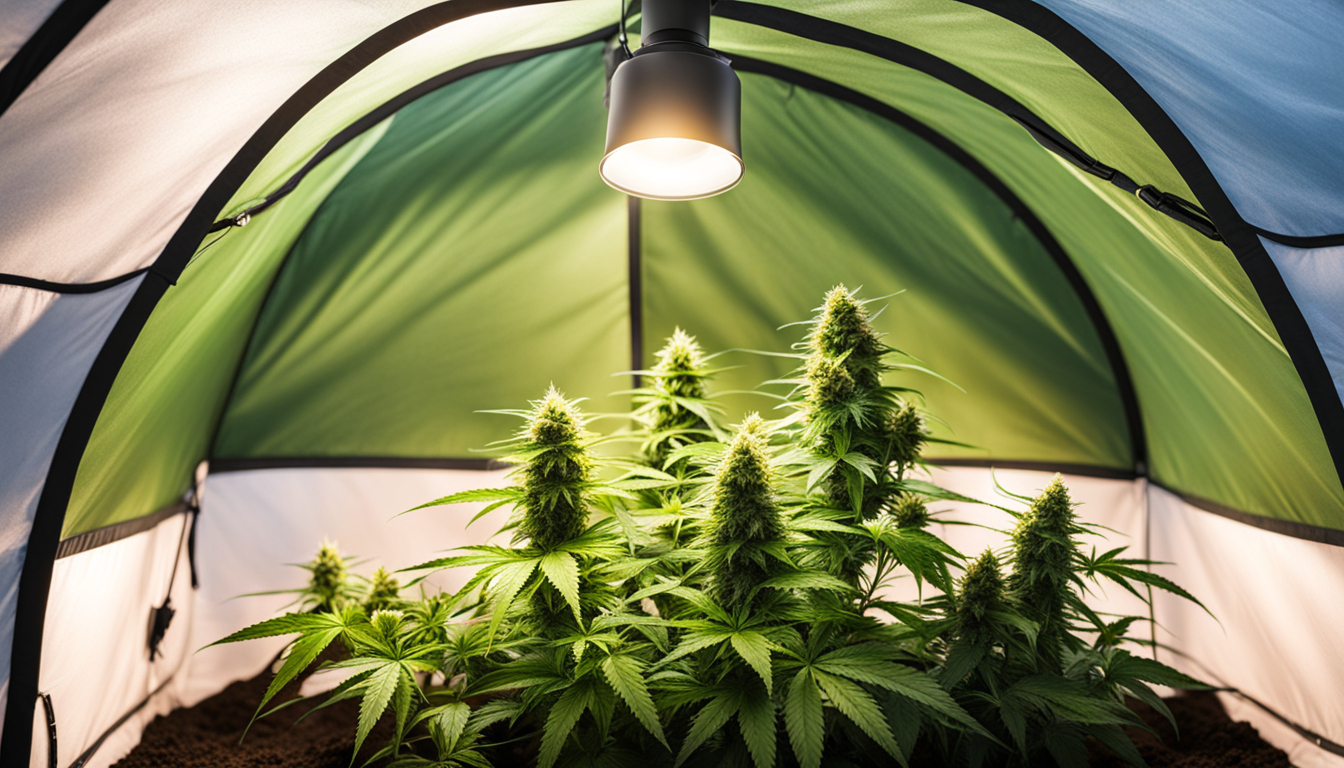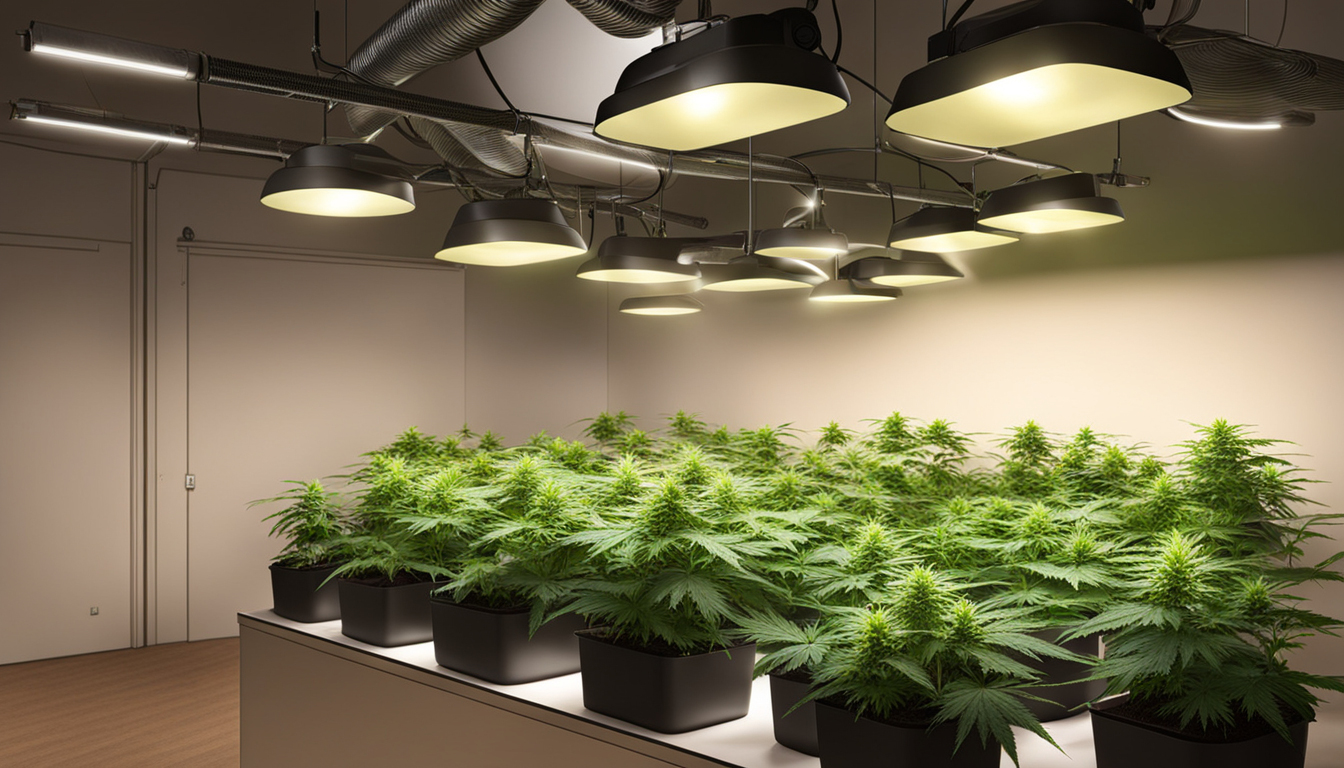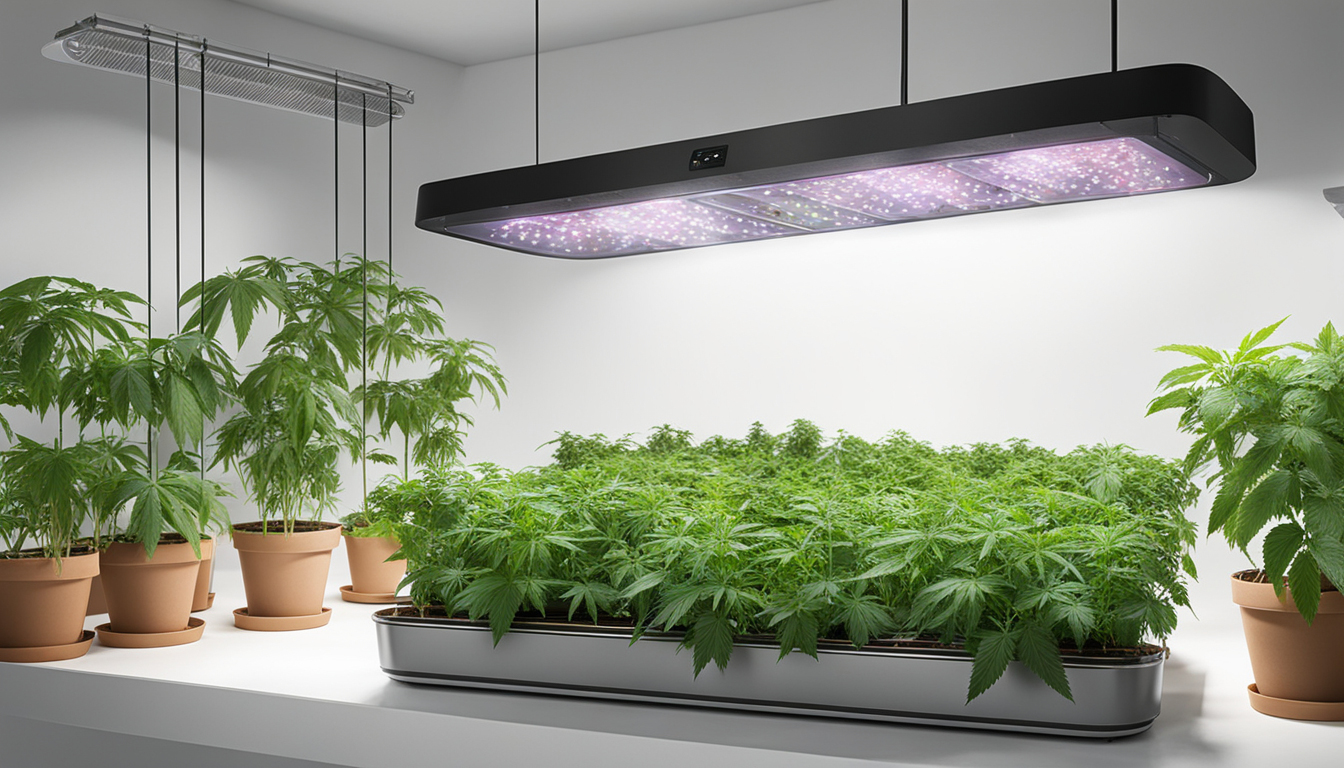
Whether you're new to marijuana production or looking to improve your existing grow, following this complete guide will help you produce big, high-quality yields right at home. With the right supplies, strategies, and care, growing weed indoors can be an extremely productive and cost-effective endeavor.
Choosing Pot Varieties
The first step in planning your indoor grow is picking the right weed varieties to produce. The three main types of pot plants each have their own characteristics.
Sativas
Known for their invigorating intellectual effects, these strains spread tall and slender with narrow leaves. They flourish in tropical tropical climates and have a longer blooming time between 10-12 weeks indoors. Top sativa varieties include Sour Diesel, Durban Poison, and Jack Herer.
Indicas
Indicas provide relaxing full-body effects and grow short and bushy with broad leaves. Adapted to cooler mountain climates, they flower faster within 8-9 weeks. Popular indica strains include Northern Lights, Bubba Kush, and Bubba Kush.
Mixed strains
Mixed varieties mix traits from both energizing strains and indicas. They offer combined effects and have medium blooming times around 2.25-2.5 months. Popular mixes are Blue Dream, OG Kush, and Blue Dream.

Setting Up Your Grow Space
Pot plants need the right controlled environment to succeed. Key factors for indoor farms are lighting, ventilation, layout, and finding the ideal discreet area.
Location
Choose an available space with quick access to water and electrical outlets. An empty spare room, large closet, basement corner, or cultivation tent tucked away in a garage all make great hidden grow room spots.
Lights
Marijuana requires strong light for all growth stages. LEDs are efficient and come in full spectrum options mimicking real outdoor light. Cover 250-400 watts per sq. ft for the vegetative stage and 400-600 watts per sq. ft. for bloom.
Ventilation
Proper airflow and exhaust systems keep ideal temperature, humidity, and pure CO2 levels. Install quiet 10-15 cm fans or carbon filters to circulate stale air and reduce smells.
Layout
Maximize your space by arranging plants carefully under the lights and allowing room to reach and work around them. Set up distinct zones for vegetation, bloom, drying, and cloning.

Growing Substrates
Weed can be cultivated in different substrates, each with pros and cons. Pick a proper option for your particular setup and growing style.
Soil
The traditional medium, soil is cheap and easy for beginners. It provides excellent flavor but needs more watering and nutrients to nourish plants. Enrich soil with vermiculite or coco to enhance drainage.
Coco Coir
Made from coir, reusable coconut fiber holds water but still allows air to the roots. It's more sterile and more predictable than soil. Use coco-specific fertilizers to avoid accumulation.
Water systems
In hydro systems, plant roots develop directly in fertilizer irrigation solution. This allows quick development but needs close observation of solution chemistry. DWC and irrigation systems are common methods.
Germinating Seeds
Germination prepares your pot seeds to begin growing radicles. This prepares them for planting into their cultivation medium.
Towel Method
Put seeds between wet paper towels and keep them damp. Inspect after 2-7 days for emerging radicles showing germination is complete.
Planting directly
Insert seeds directly into pre-moistened cultivation medium 6mm deep. Gently water and wait 1-2 weeks until sprouts break through the surface.
Rockwool Cubes
Soak cubic rockwool starters in pH-adjusted water. Place seeds 6mm deep into the cubes. Keep Watch Now cubes moist until seedlings appear within a week to 2 weeks.
Repotting Seedlings
Once sprouted, marijuana young plants need to be transplanted to avoid overcrowding. Move them into proper sized pots.
Ready Containers
Fill final pots with cultivation medium enriched with time-released fertilizer. Allow containers to soak up water for 8-12 hours before transplanting.
Carefully Transplanting
Gently loosen young roots from sprouting medium using a spade. Place into prepared container at same depth as before and gently water in.
Growth Stage
The growth stage encourages leafy growth and plant structure Request More Info through 18-24 hours of daily light exposure. This stage usually lasts 1-2 months.
Using 3/4 to full day of Light
Use grow lights on a 24 hour cycle or natural sunlight to initiate nonstop growth. Lamp output influences height and node distance.
Nutrients
Use grow stage nutrients higher in nitrogen. Make sure pH stays around 6.5 for proper nutrient absorption. Feed 1⁄4 to 1⁄2 strength after 14 days and strengthen slowly.
LST and topping
Fimming, LST, and scrogging direct growth shapes for flat foliage. This boosts yields.

Bloom Stage
The blooming stage grows buds as plants show their sex under a 12/12 cycle timing. It lasts 2-3 months depending on strain.
Switching to 12/12
Change lamps to 12 hours on, 12 hours off or move outside for natural 12 hour cycle. This triggers plants to start flowering.
Flushing
Leaching flushes out nutrient salts to improve flavor. Feed weakly the first weeks then just use pH'd water the last 2 weeks.
Flushing
Continue 12/12 light timing but leach using pH-balanced water only. Resume clean watering if buds aren't yet mature after two weeks.
Harvesting
Recognizing when marijuana is fully ripe ensures peak potency and aroma. Cut down plants at peak maturity.
Signs of readiness
Look for swollen calyxes, faded pistils, and 5-15% cloudy trichs. Check buds around the plant as they won't all ripen evenly.
Harvesting plants
Use sterilized, razor-sharp pruning shears to gently slice each plant at the base. Leave 5-10cm of stalk attached.
Drying
Suspend whole plants or branches inverted in a dark room with moderate temp and humidity around 50-60% for 1-2 weeks.
Curing
Curing keeps drying while improving the buds like fine wine. This process mellows harshness and intensifies cannabinoid and terpene profiles.
Curing containers
Trim cured buds from stems and store into sealed containers, filling about 75% capacity. Use a hygrometer to monitor jar moisture.
Opening jars daily
Open Donate Here containers for a few hours each day to slowly lower moisture. Remoisten buds if RH drops below 55%.
Long term storage
After 2-3 weeks when humidity levels off around 55-65%, perform a last trim and keep forever in sealed jars.
Troubleshooting
Even experienced cultivators run into various cannabis plant problems. Detect issues soon and address them correctly to maintain a vibrant garden.
Nutrient Deficiencies
Chlorosis often indicate inadequate nitrogen. Anthocyanins and leaves signal low phosphorus. Test pH and increase fertilizers gradually.
Bugs
Spider mites, fungus gnats, mites, and root aphids are frequent cannabis pests. Use organic sprays, ladybugs, and sticky traps for organic control.
Mold
Excessive humidity promotes botrytis and bud rot. Increase airflow and circulation while reducing humidity under 50% during bloom.

Conclusion
With this complete indoor weed growing guide, you now have the knowledge to grow bountiful strong buds for private harvests. Follow these techniques and methods throughout the seed starting, growth, and bloom stages. Invest in quality equipment and closely monitor your plants. In time, you'll be rewarded with sticky fragrant buds you grew yourself under the loving care of your green hands. Good luck cultivating!